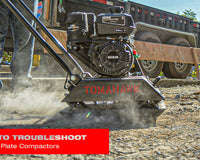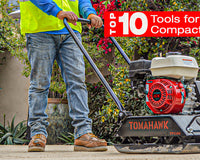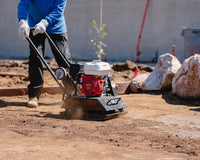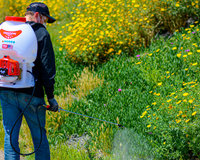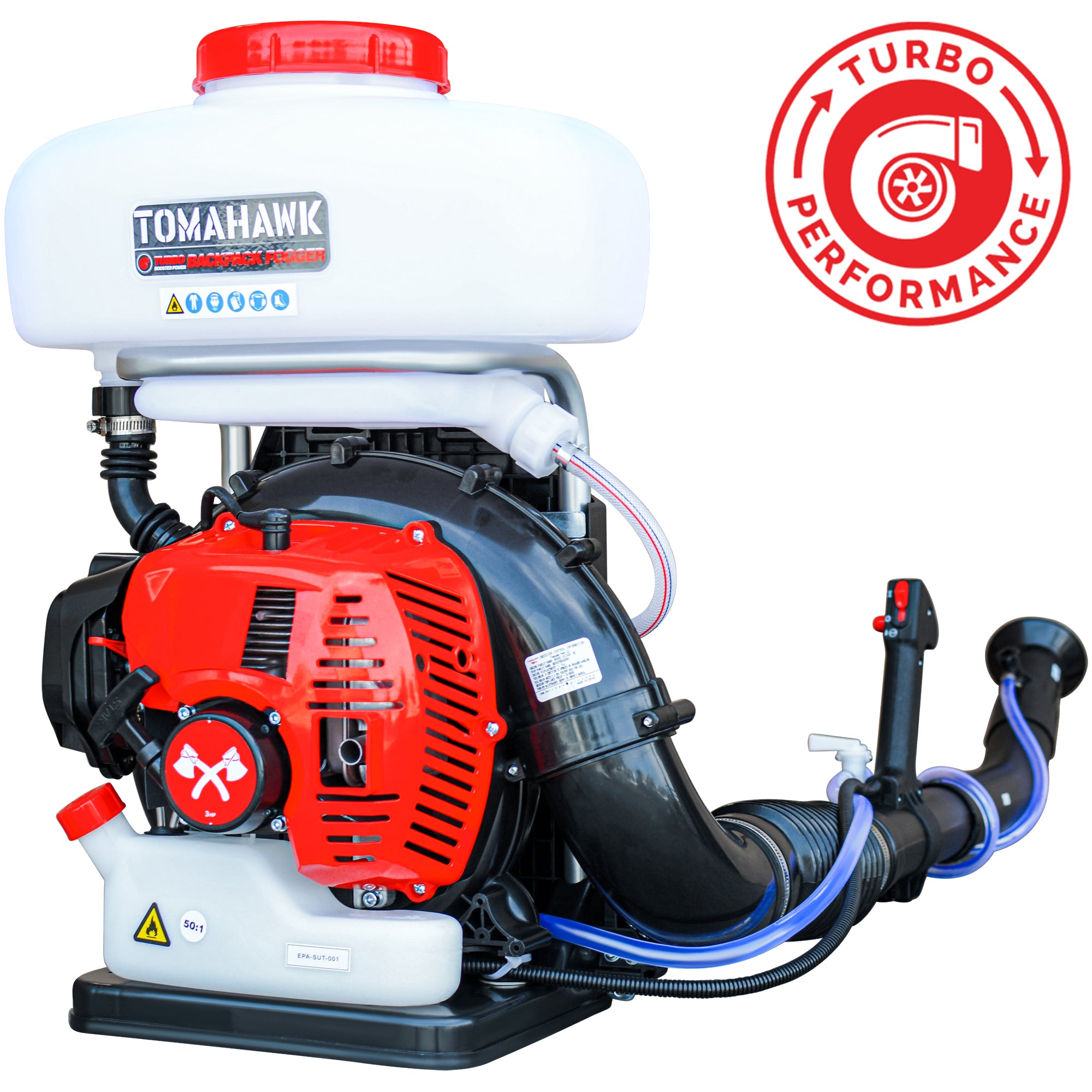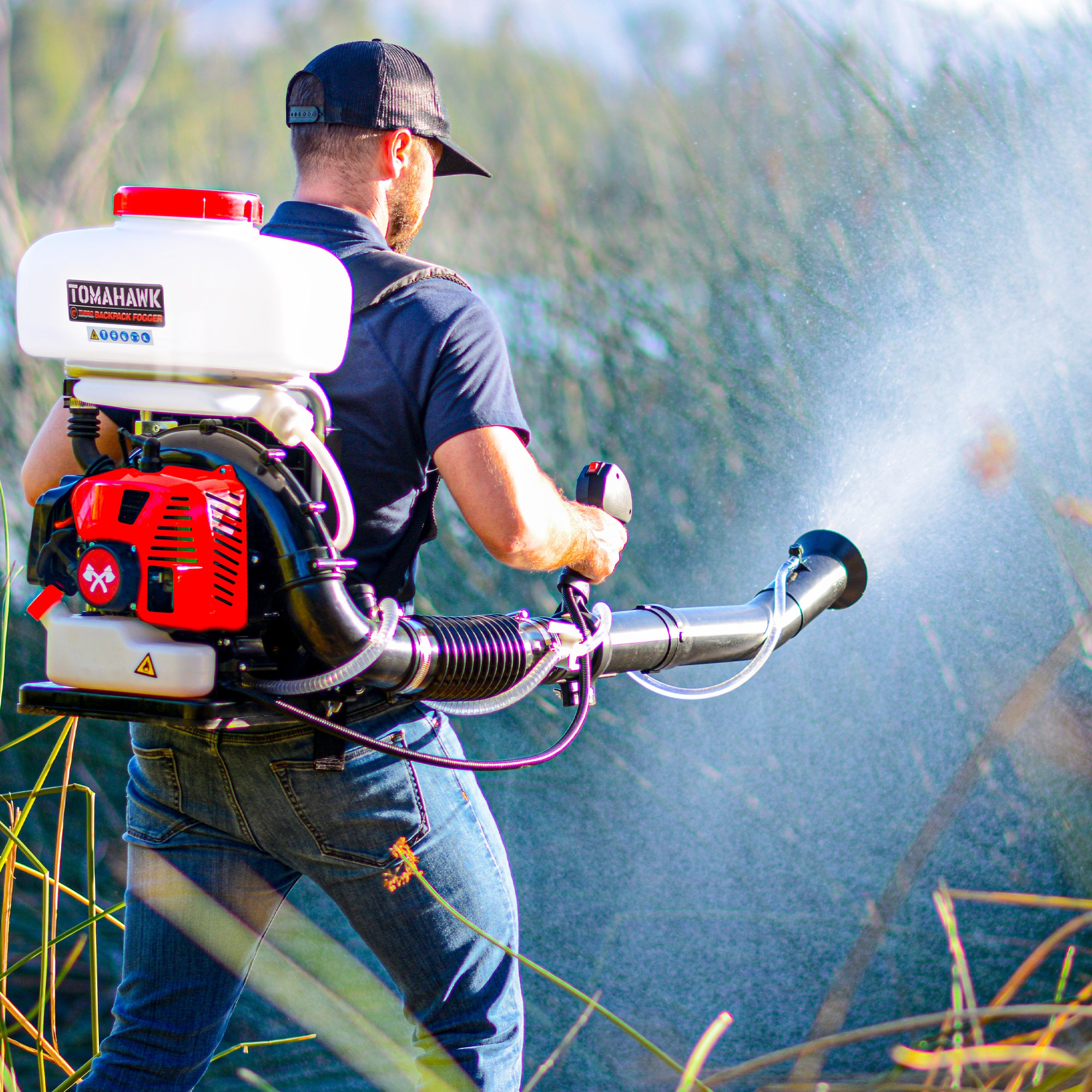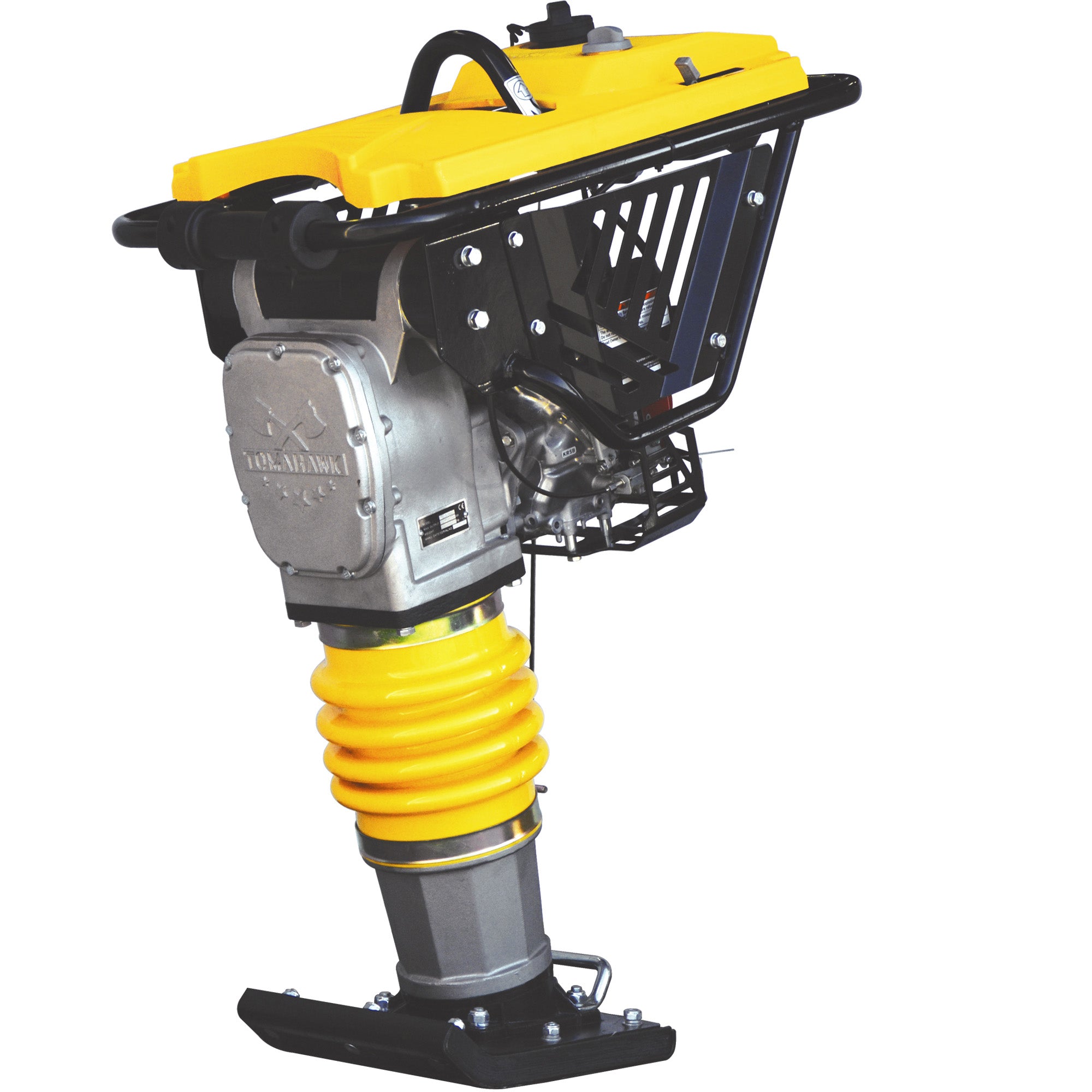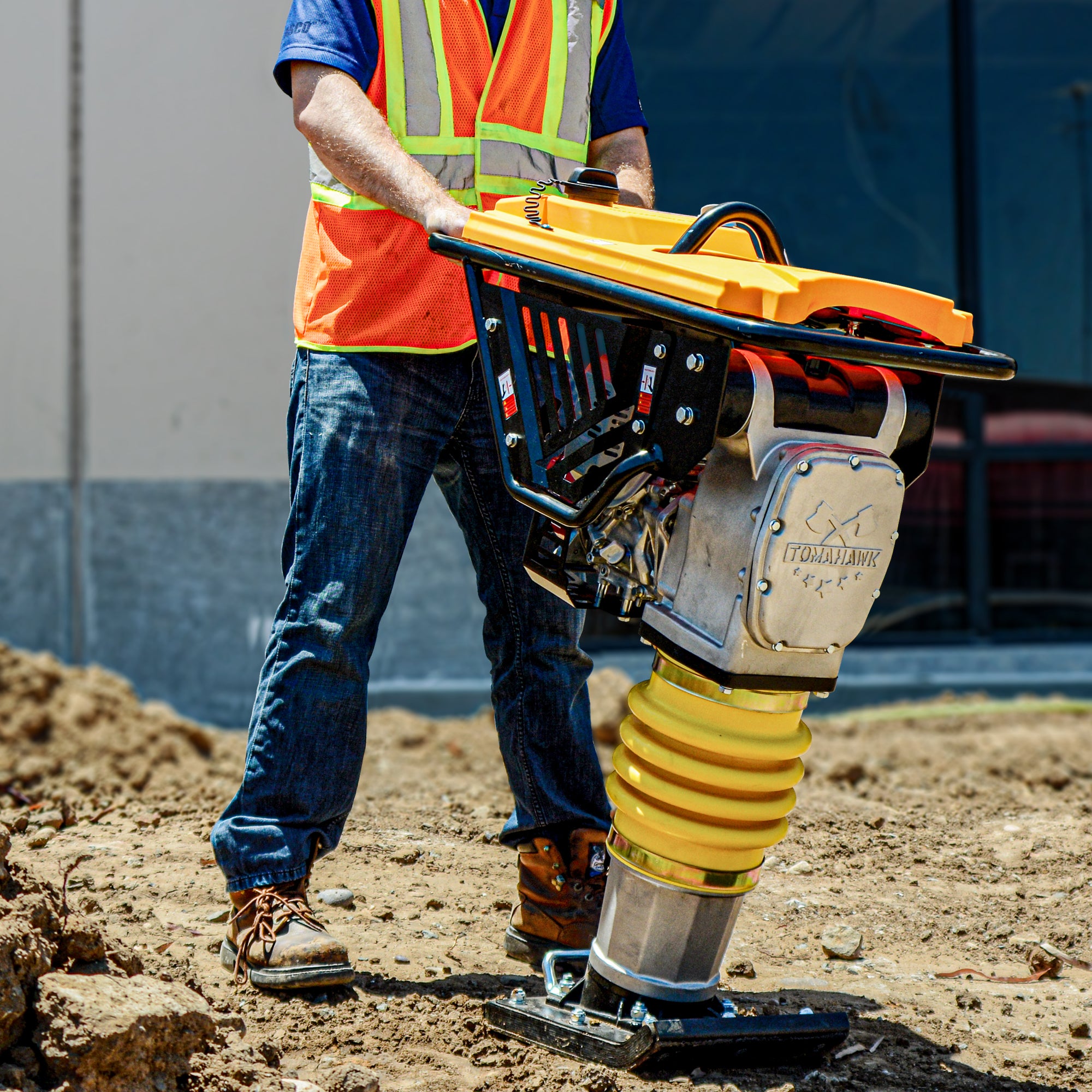Driveway reflectors play a critical role in improving visibility and guiding vehicles in low-light conditions, especially in rural, curved, or long driveways. But the effectiveness of these reflectors heavily depends on how they’re installed and maintained across changing seasons. From the challenges of frozen soil to the threat of snowplows and summer sun exposure, seasonal factors can wear down reflectors prematurely if not addressed properly. This article outlines key best practices for installing and caring for driveway reflectors all year long—and how to prepare your site with the help of reliable tools.
Winter Installation and Frozen Ground
One of the most difficult times to install driveway reflectors is during winter, especially when the ground is frozen solid. Trying to drive reflector stakes into frozen soil often results in bent rods or misaligned placements. To overcome this, it's recommended to pre-drill or warm the installation area with a propane torch, if safe to do so, or wait for a mild thaw.
Another practical method involves pre-compacting gravel base or backfill in the fall using equipment like the Tomahawk Plate Compactor. By ensuring the soil is densely compacted before freezing temperatures hit, the ground is less likely to heave or shift, helping reflectors stay upright even through freeze-thaw cycles.
Spring Shifting and Alignment Checks
After a long winter, spring is the ideal time to assess reflector alignment and functionality. Snow plowing and frost heave can cause reflectors to tilt, loosen, or become buried. During spring inspections, look for signs of rust, fading, or poor anchorage. Realign or replace reflectors as needed, and clear away accumulated sediment or plant growth that could block visibility.
Spring also presents an opportunity to regrade loose gravel driveways that may have developed ruts or pooling issues. Compacting the surface again can reset the grade and re-anchor any reflectors that were compromised during winter.
Summer Heat and UV Exposure
Summer brings extended sunlight and heat—both of which can degrade certain reflector materials over time. Plastic caps can fade or become brittle, especially if they’re not UV-stabilized. When selecting reflectors, choose those rated for UV resistance and high heat durability. Also, installation during summer should account for soil dryness, which can make driving reflectors into hard-packed earth more difficult. Lightly moistening the soil or using powered compactors for prep work can ease this task.
Tomahawk’s battery-powered or fuel-efficient tampers and rammers can be helpful in these scenarios, especially for working solo or on longer driveways that require consistent spacing and stable base conditions for each post.
Fall Preparation and Pre-Winter Reinforcement
Fall is a preventive season—an ideal time to check that all reflectors are visible and secured before snow arrives. Trim vegetation, recompact soft spots, and replace any reflectors that show wear. If snowplows service the driveway, consider placing reflectors slightly farther from the edge of the drive to prevent accidental damage. It’s also helpful to mark culvert entrances or grade transitions clearly, as they are more prone to hidden erosion or snow buildup.
For areas with frequent snow equipment traffic, compacting the soil around each reflector’s base helps resist lateral movement and impact. This step, though often skipped, can be made quicker with trench compaction tools, such as Tomahawk’s vibratory rammers.
A Year-Round Maintenance Mindset
As noted by HomeQuestionsAnswered.com, “The performance of driveway reflectors isn’t just in how bright they shine—but in how well they stay in place, regardless of weather.” That underscores the value of planning for all conditions, from winter freeze to summer drought. Regular checks, proper spacing, and surface preparation go a long way in preserving visibility and extending the lifespan of your markers.
While reflectors are a small addition to your property, their role in guiding guests, delivery drivers, and emergency vehicles cannot be overstated. With the right installation methods and seasonal upkeep—supported by quality surface maintenance tools—your driveway can remain clearly marked and safely navigable all year round.

